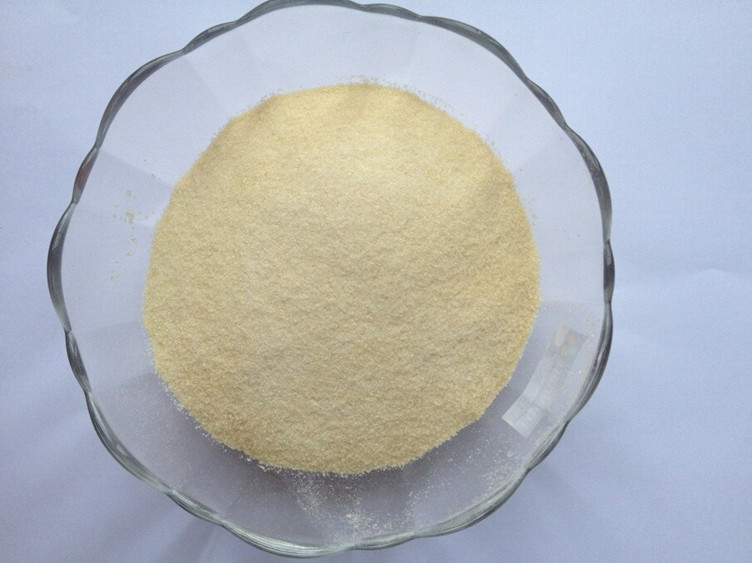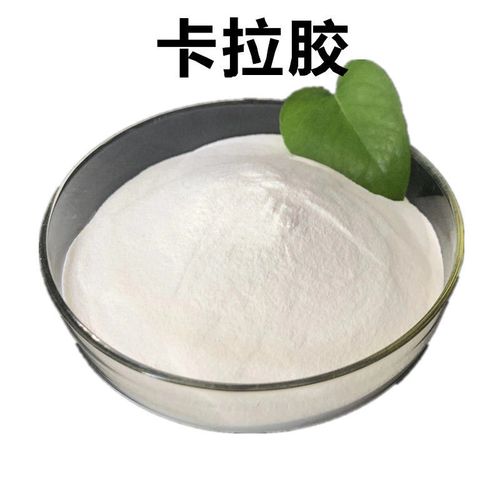Both gelatin and carrageenan belong to the category of edible gum/hydrophilic colloid. However, gelatin belongs to the category of animal gum, while carrageenan belongs to the category of seaweed gum in edible gum. However, both gelatin and carrageenan are widely used in the food processing industry, such as jelly, meat products, ice cream, yogurt, soft candy, and so on.

Gelatin is a white or light yellow, translucent, slightly shiny sheet or powder that is partially degraded by collagen in connective tissue such as animal skin, bone, muscle membrane, and muscle gland, so it is also called animal gelatin or fat glue. As gelatin is a product of collagen denaturation, it is a thermally reversible mixture with no fixed structure and relative molecular weight, and its molecular weight ranges from tens of thousands to hundreds of thousands (<300KD).

Carrageenan is a white or light brown particle or powder, odorless or slightly odorous, and has a sticky and smooth taste. It is mainly a hydrophilic colloid extracted from red algal seaweeds such as eucheuma, cauliflower, and carrageenan, so it is also known as eucheuma glue, cauliflower glue, carrageenan glue, and carrageenan glue.